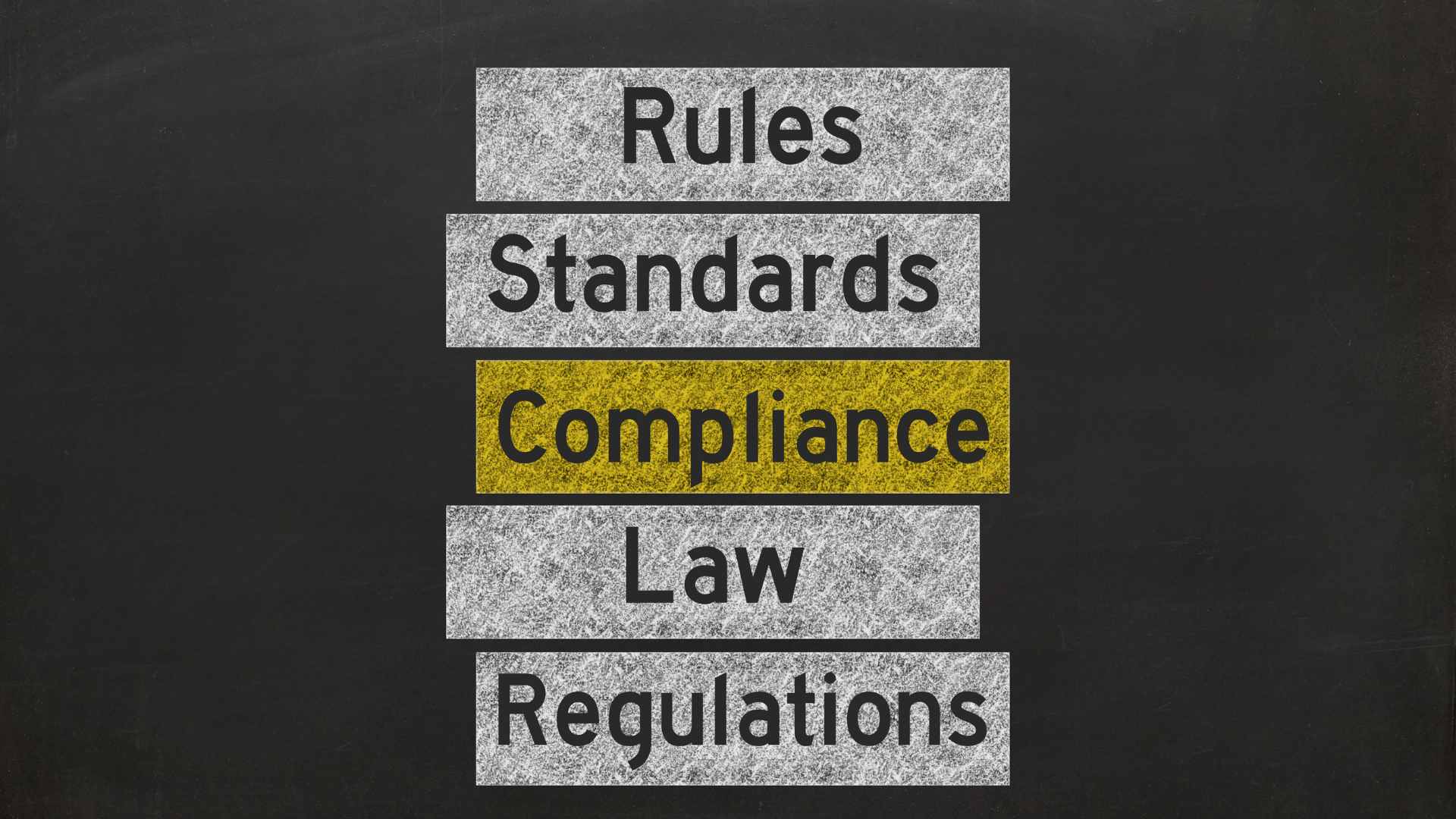VIEW BY TOPIC
- Finding Customers
- Business Systems
- Managing Employees
- Leadership
- Managing Money
Related Posts

Ready to Grow Your Business Fast?
Here’s How I Grew Five Businesses, and Eventually Sold One to a Fortune 500 Company.

How do you go about managing an employee leave of absence? Across any industry, officially employed workers are entitled to have several days off per year. Companies have a reasonable excuse to provide workers with paid time off – a well-rested employee results in improved productivity and performance. There has been a shift of understanding that breaks are not seen as wasted time but rather as beneficial for employee’s welfare which can be an advantage for the business. But keeping the balance between running a team and keeping employees happy can be risky.
It is not uncommon that these leave requests are urgent and short notice. There are inevitable circumstances that workers have to attend immediately be it sickness or personal time off. While we want to accommodate all requests, it is important to have a strategy to manage these tasks so we can focus more on value-adding activities.
Staying on top of managing an employee’s leave of absence should not be a laborious task for a manager. We have listed key strategies that will help you administer with ease.
Managing An Employee Leave of Absence
-
Outline a clear leave policy
Employees must be aware of the benefits and policies that protect their rights. Company guidelines are formed to implement uniform treatment across the organization. Fairly executing leave policies is a way to keep good employees. This approach lets them know you care about them and their well-being.
Have a clear list of available leaves your company offers such as: parental, sick, sabbatical, personal time off, bereavement, or even self-quarantined leaves. Make sure when implementing these leaves, you are legally adhering to the law. On top of that, legal holidays and special occasions forced by the government must also be considered.
If an employee has questions about filing a leave of absence, they should know exactly where to look. Connect with the company’s Human Resource representatives if there are clarifications, they should have answers with any leave regulations. If the guidelines are available on the company’s intranet, share the link within your team, email it to employees for them to be reminded. With the right policies in place, you should be able to manage employee leaves with no difficulty.
-
Automate leave application and tracking
Managing employee leave of absence is quite tricky. If you are to monitor, using a spreadsheet and manually sorting filed leaves is not the most efficient way. Keeping tabs of everything, checking attendance, tracking leave balances, will just eat away productivity and efficiency. The chances of managing it well are pretty low. If things got out of control, a small error can lead to disputes in payroll and legal complications.
Streamlining the process requires the use of resources and tools. Simplify the leave application process by using leave management systems that offer employees to apply for leave online and enable managers to approve or reject with a click of a button. These systems also allow automated tracking of available leaves which relieves the burden for payroll processing. Having all requests in one system not only makes it easier for everyone, most importantly it helps to save time.
-
Maintain a shared team calendar
In a rapidly growing business, the success of the team depends on how the team shows up and the availability of quality manpower. If a shift is not managed properly, other employees will be forced to stretch their effort to fill the void. You don’t want to have workflow issues and unfair distribution of jobs that may come up when multiple employees are on leave at the same time.
As a manager, you are tasked to assign workload based on employee’s availability. To ensure that everyone’s leave is accommodated and you will no lack manpower, have a centralized calendar viewable by the whole team. Planning with one calendar allows you to have a better view of how each employee’s schedule fits. Strategically, this will help you check employee’s availability, schedule meetings without manually checking if everyone is present. At any rate, your employees will also get a glance if a teammate is on leave. This helps in better planning and when adjusting tasks and resources accordingly. Balance is key, you need to schedule enough people to meet the work requirement while allowing people to have their free time.
-
Have ongoing communication
When it comes to overseeing leaves, many managers experience an internal conflict about whether to communicate with the employee or not. It can be difficult to know when to connect to let your employees know they are supported while keeping them in the loop of business affairs. On one hand, you don’t want to lose communication with them, on the other hand too much communication may seem disturbing.
Good communication is the backbone of any solid employee leave policy. Include them in emails even if they are on leave. Initiate on keeping them informed about important events and team milestones so that they don’t feel left out when they return to work. Most of all, aside from messaging them about work, let them know that they can also reach out with their specific needs despite their absence; effective communication is a two-way street.
5. Respect employee boundaries
When communicating with an employee on leave keep it at a minimum. Your messages should not sound antagonizing. You don’t want employees to feel the pressure of returning to work by forwarding emails directed to them or asking for follow-ups about a pending task. As a person who manages people, be empathetic enough to understand that employees lead dynamic lives outside of work and there are valid reasons why they are taking a leave.
Considering that times are changing and the modern focus of employee governance is promoting work-life balance. Chances are, an employee on leave wants to unwind and have personal time away from work. It is only fair and wise to let them enjoy a vacation without disruptions. The goal of allowing employees a leave of absence is to give them a chance to recharge, recover, or attend to personal matters. Bring positive changes to the way we interact by permitting employees to have the benefits they are entitled to. Check out this post on problem employees.
____________________________________________________________________________

About the Author:
Bash Sarmiento is a writer and an educator from Manila. He writes laconic pieces in the education, lifestyle, and health realms. His academic background and extensive experience in teaching, textbook evaluation, business management, and traveling are translated into his works.
Links:















